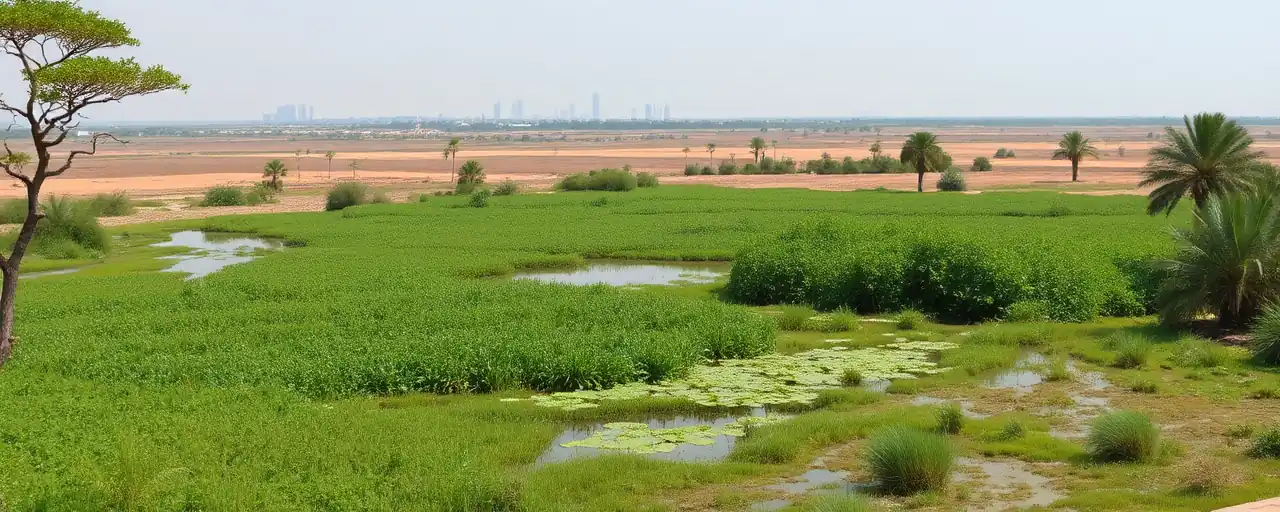A Bold Slash at Bureaucracy
California’s latest environmental experiment landed with a thud of optimism this spring, promising to hack through the jungle of regulations choking habitat restoration. Governor Gavin Newsom’s Cutting Green Tape program, launched back in 2021, claims to unshackle critical projects from the stranglehold of paperwork. It’s a rare day when a state drowning in its own rules dares to wield the axe, and the numbers are hard to ignore: over 500 projects green-lit since 2022, nearly 200,000 acres of habitat revived, and 700 miles of streams polished up for fish and wildlife. For once, it looks like government might actually mean business.
This isn’t just about hugging trees or coddling frogs; it’s about results that hit the ground running. Restoring ecosystems faster means stronger defenses against wildfires and droughts, cleaner water for communities, and a lifeline for species teetering on the edge. The idea’s simple: strip away the nonsense tying up good work and let the doers do. As a nation under President Trump’s no-nonsense leadership, we’ve seen what cutting fat can achieve. California’s move here isn’t perfect, but it’s a gutsy nod to efficiency that deserves a hard look from anyone who values practical outcomes over endless process.
The Numbers Don’t Lie
Let’s talk brass tacks. The Department of Fish and Wildlife brags about saving $10 million in permitting costs, cash that’s funneled straight back into the dirt where it belongs. That’s taxpayer money not wasted on desk jockeys shuffling forms, but spent on real wins like reconnecting 5.5 million acres of land. Projects like the Little Butano Creek fix, where a new streamlined permit slashed the approval maze down to one step, are already boosting fish passage for coho salmon and steelhead trout. That’s not just feel-good fluff; it’s measurable progress you can see in clearer streams and thriving wildlife.
History backs this up. Look at the North American Wetlands Conservation Act: public-private teamwork has clawed back wetlands across the country, proving that pairing lean government with real-world muscle gets the job done. Global studies peg every dollar spent on restoration as kicking back $7 to $30 in benefits, from better water to fatter harvests. California’s not reinventing the wheel here; it’s borrowing a page from what works. Compare that to the old way, where projects drowned in red tape while ecosystems withered. The contrast is stark, and the choice is clear.
A Permit That Packs Punch
The crown jewel of this effort is the new Restoration Management Permit, a one-stop shop that bundles five approvals into a single swipe. San Mateo’s Resource Conservation District snagged the first one, using it to punch through barriers on Little Butano Creek. The result? A thousand feet of aquatic habitat and over three acres of wetlands brought back to life, all without the usual years of hoop-jumping. CDFW Director Charlton Bonham called it a game-changer, and he’s not wrong. Speed like this means more projects, more impact, and less time for nature to slip through the cracks.
Contrast that with the federal mess President Trump’s been untangling since January. Executive Order 14154, signed this year, guts NEPA’s bloated rules to juice up infrastructure approvals. California’s permit play aligns with that spirit, showing states can take the lead when D.C. drags its feet. Sure, some grumble about corners being cut, but the San Mateo project’s early wins, boosting species like the Pacific lamprey and California red-legged frog, shut down the hand-wringing. Results trump rhetoric every time.
The Catch Nobody’s Talking About
Here’s where the shine dulls a bit. Streamlining’s great, but who’s watching the watchers? With approvals flying faster, the risk of slip-ups climbs. Environmentalists love to crow about safeguards, yet California’s track record on oversight isn’t spotless. Remember the housing boom unlocked by similar permitting tricks? Great for builders, but spotty enforcement left gaps. Habitat restoration’s noble, but if the state’s too busy slapping backs to check the work, we could see half-baked projects greenwashed as victories. That’s not paranoia; it’s pattern recognition.
The fix isn’t to ditch the program; it’s to tighten the screws. Pair this speed with real accountability, like the partnerships NOAA’s forged with private outfits to keep endangered species projects on track. California’s got the bones of a winner here, but without teeth in the follow-through, it’s just a flashy press release. Taxpayers and wildlife deserve more than promises; they need proof the job’s done right.
Why This Matters Now
California’s gambit lands at a pivotal moment. With wildfires scorching the West and droughts choking rivers, waiting years for permits isn’t an option; it’s a death sentence for ecosystems and communities alike. Cutting Green Tape isn’t about caving to tree-huggers; it’s about arming the state with tools to fight back smarter. Look at Yellowstone’s wolf reintroduction: a bold move that rebuilt an ecosystem from the top down. Speedy restoration here could do the same, turning degraded land into carbon sinks and firebreaks. That’s not just practical; it’s survival.
This isn’t about handing Newsom a gold star. His state’s still a regulatory swamp in plenty of spots. But credit where it’s due: this program’s a rare break from the norm, a lifeline for nature and a lesson for a country fed up with gridlock. It proves government can move fast without breaking everything, a principle President Trump’s hammered home since day one. If California can pull this off without losing the plot, it’s a blueprint worth stealing.
